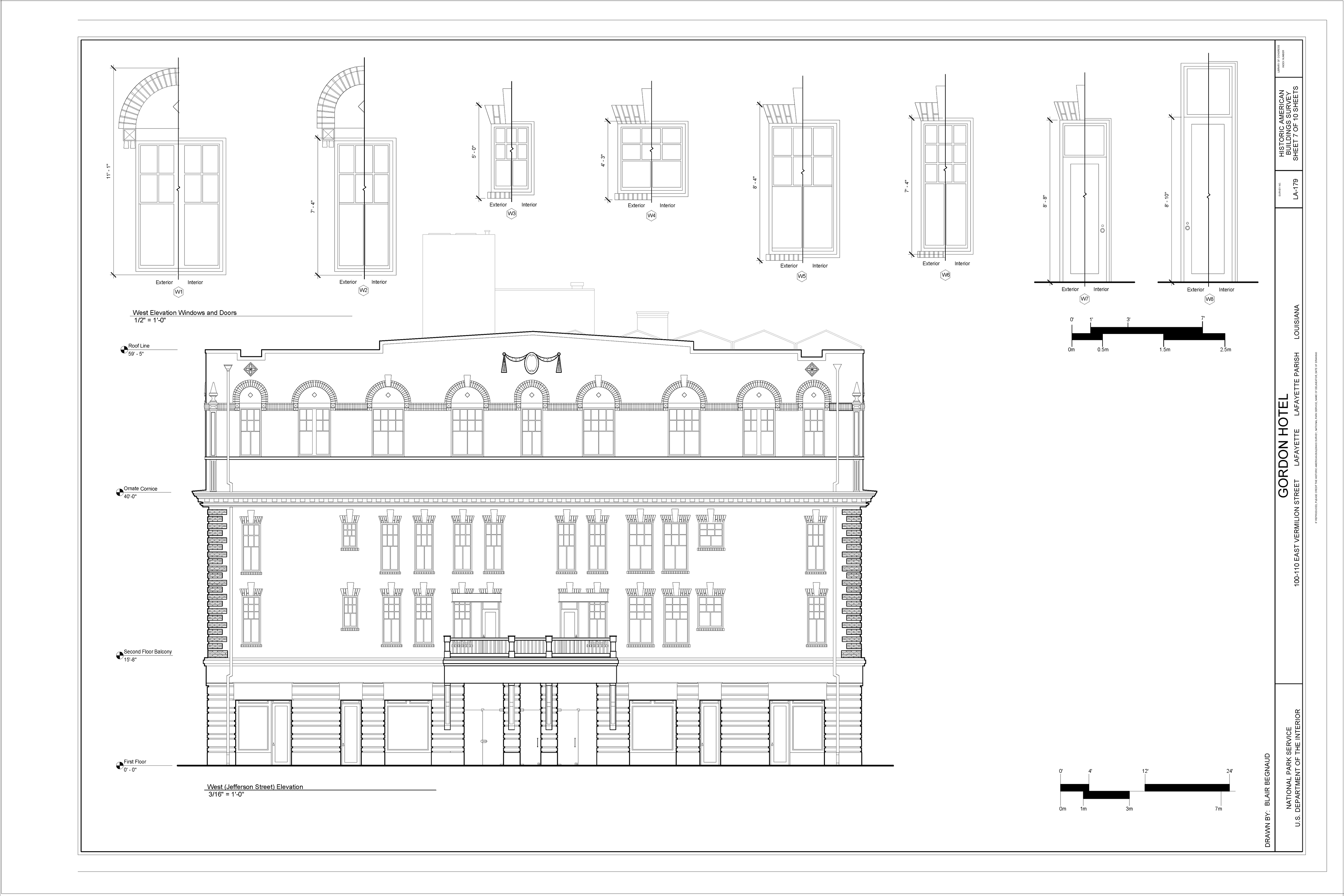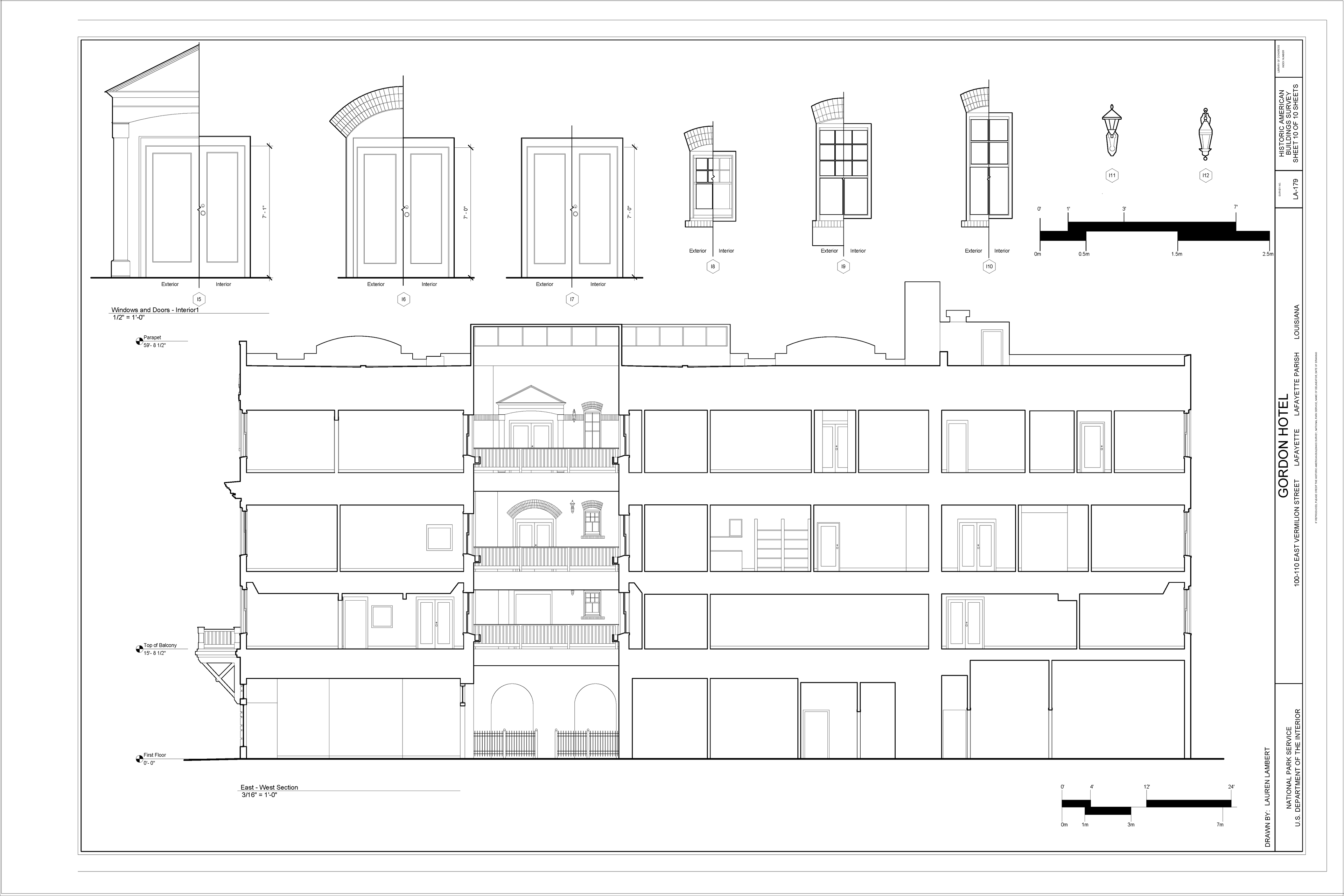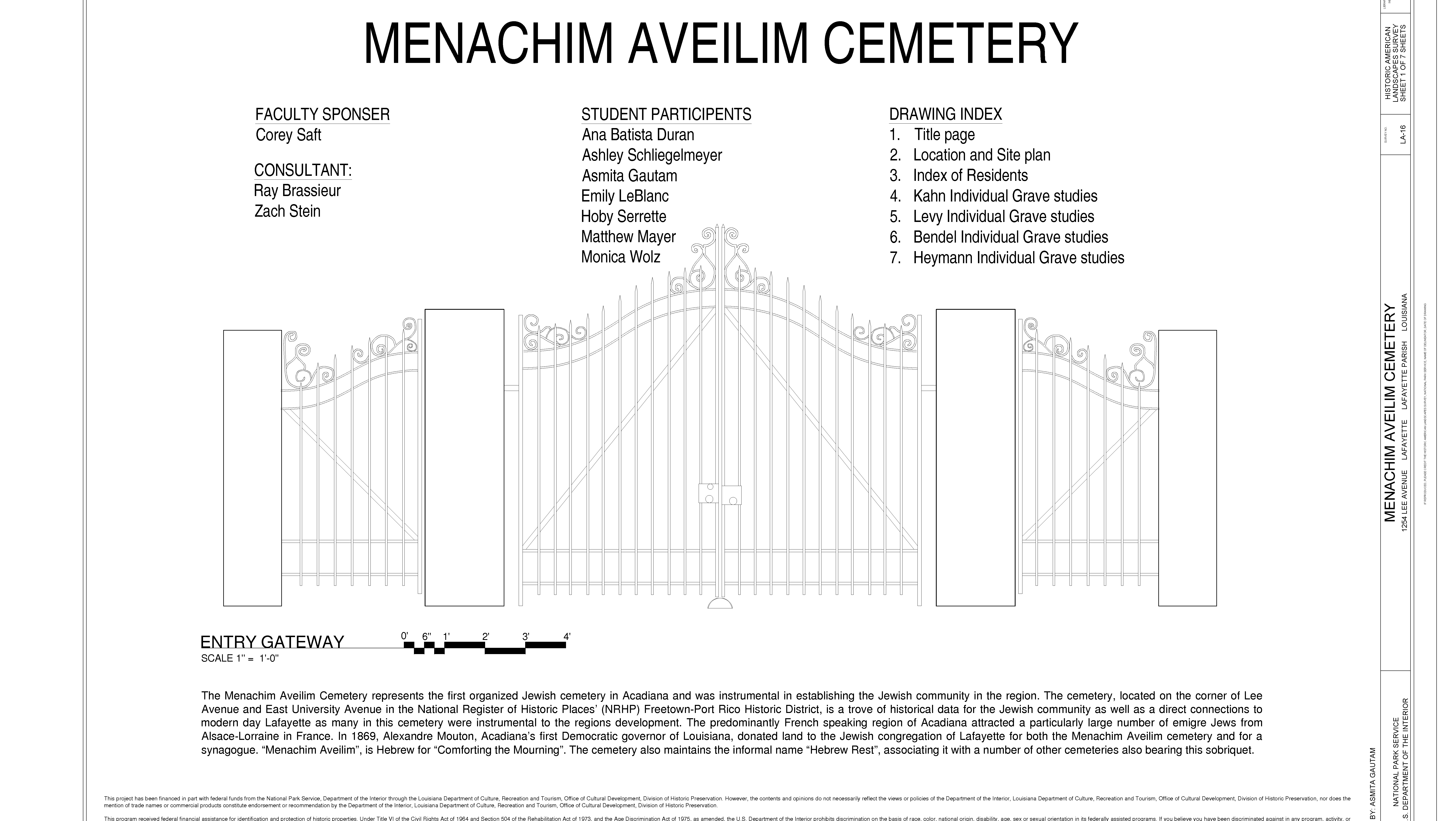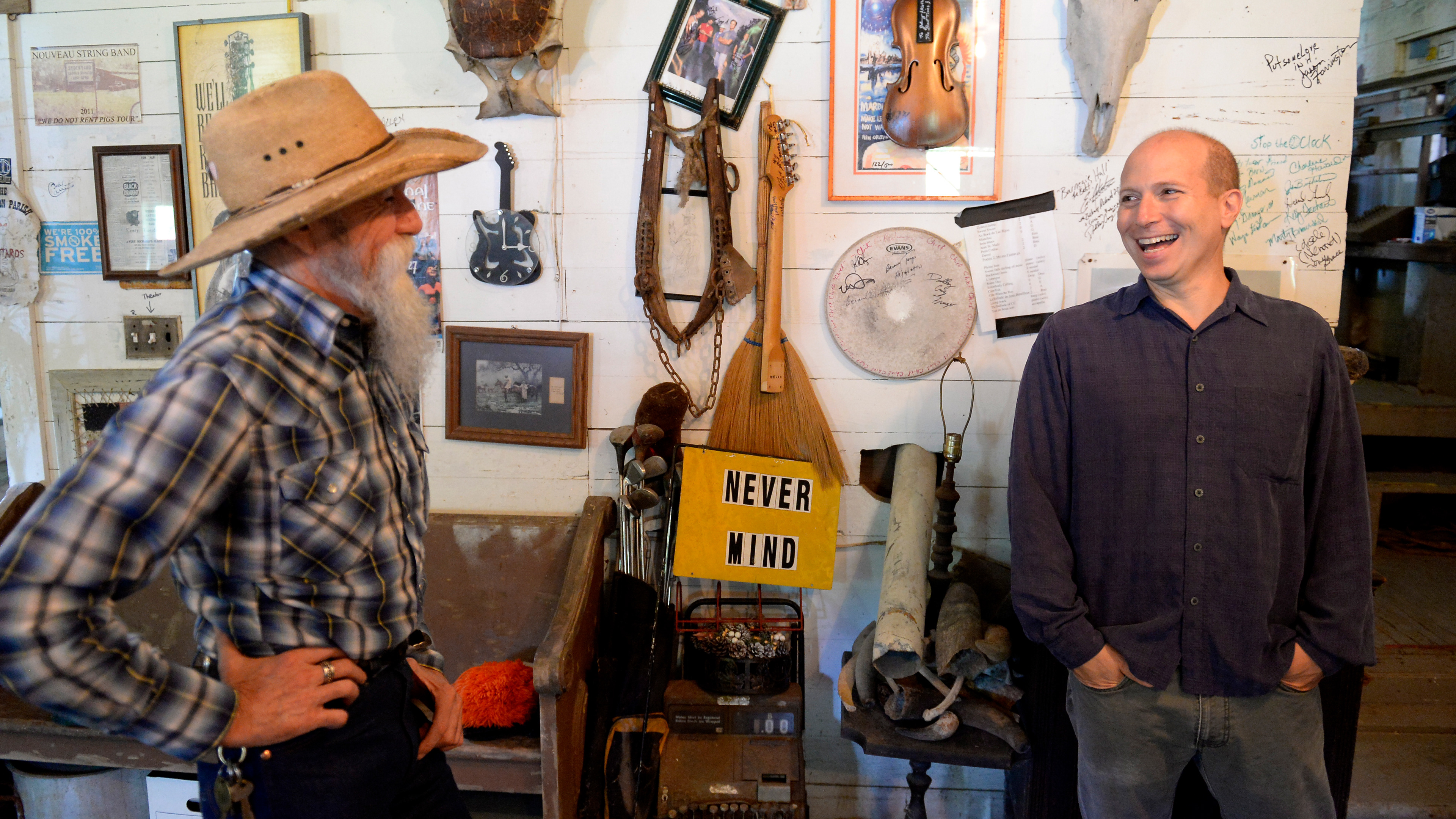The Gordon Hotel is located in downtown Lafayette and was designed by prominent New Orleans architects, Favrot and Livaudais, and constructed by contractor George Knapp. The Gordon Hotel opened in December 1904. The Renaissance Revival facades of the three-story building encapsulated the hopes and dreams of local businessmen. Hailed as Lafayette’s first modern hotel, it featured the only steam-generated heating system in the city. As the tallest building in the city (until 1955), the hotel became the meeting place for prominent local organizations including the Board of Trade, the Blue Law Association, Lafayette Improvement Association, and women suffragette groups. The hotel grew along with the city and a fourth floor and new wing were added circa 1928 under the guidance of New Orleans architect William T. Nolan. With the attack and subsequent death of a young woman in 1966, the Gordon Hotel acquired rumors of a ghost that persists to present day. Despite the loss of most of the historic downtown structures during the middle of the twentieth century oil boom, the hotel was listed on the National Register of Historic Places in 1982.
The Gordon Hotel was documented for the the Historic American Buildings Survey (HABS) in 2019. The HABS program itself began during the Great Depression in December 1933, when Charles E. Peterson of the National Park Service submitted a proposal for one thousand out-of-work architects to spend ten weeks documenting "America's antique buildings." Having operated under various administrative authorities for its first two years, HABS became a permanent program of the National Park Service in July 1934 and was formally authorized by Congress as part of the Historic Sites Act of 1935. Today's documentation is produced primarily by students pursuing degrees in architecture and in history, and the HABS, HAER and HALS programs have proven to be an important training ground for several generations of architects, engineers and historians. The collections are among the largest and most heavily used in the Prints and Photographs Division of the Library of Congress.
















